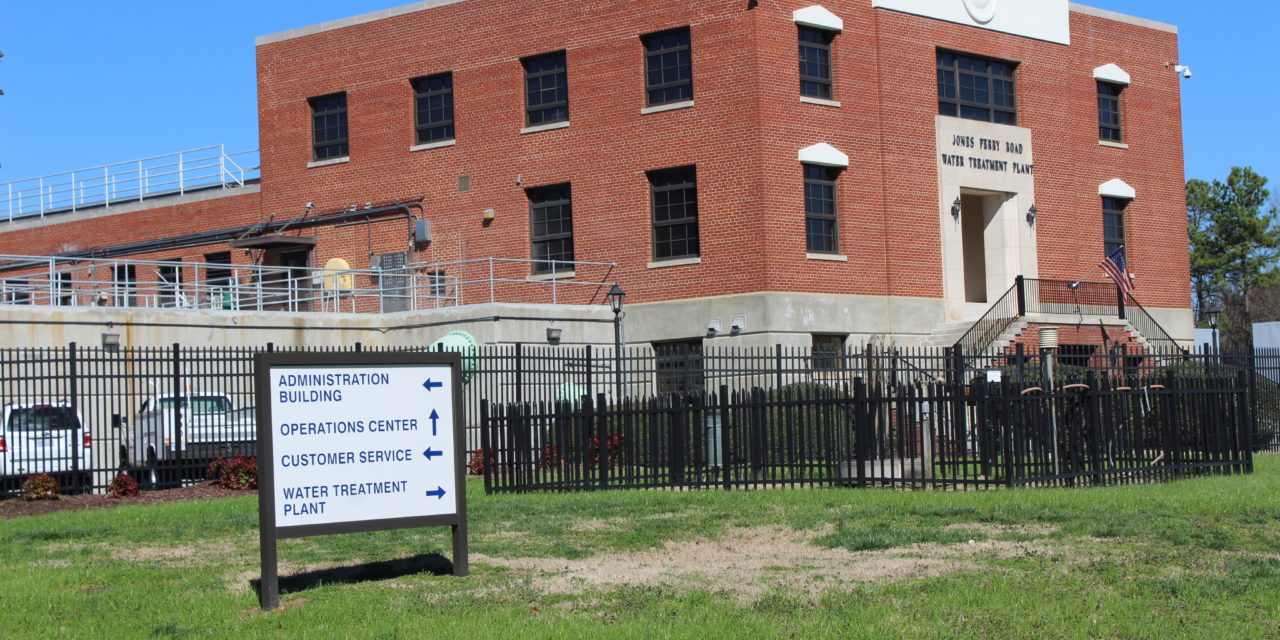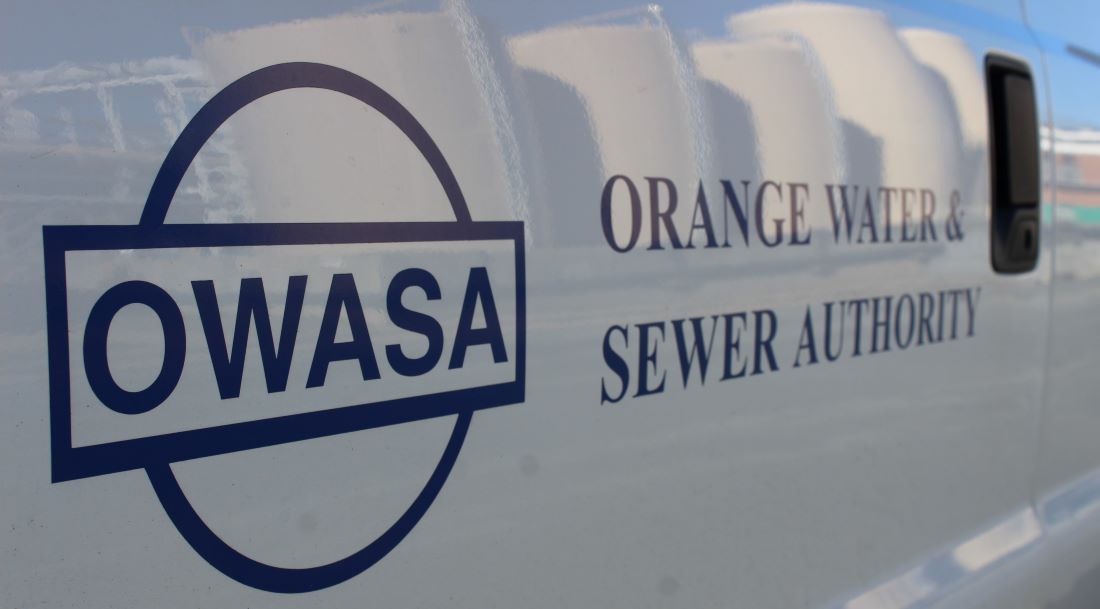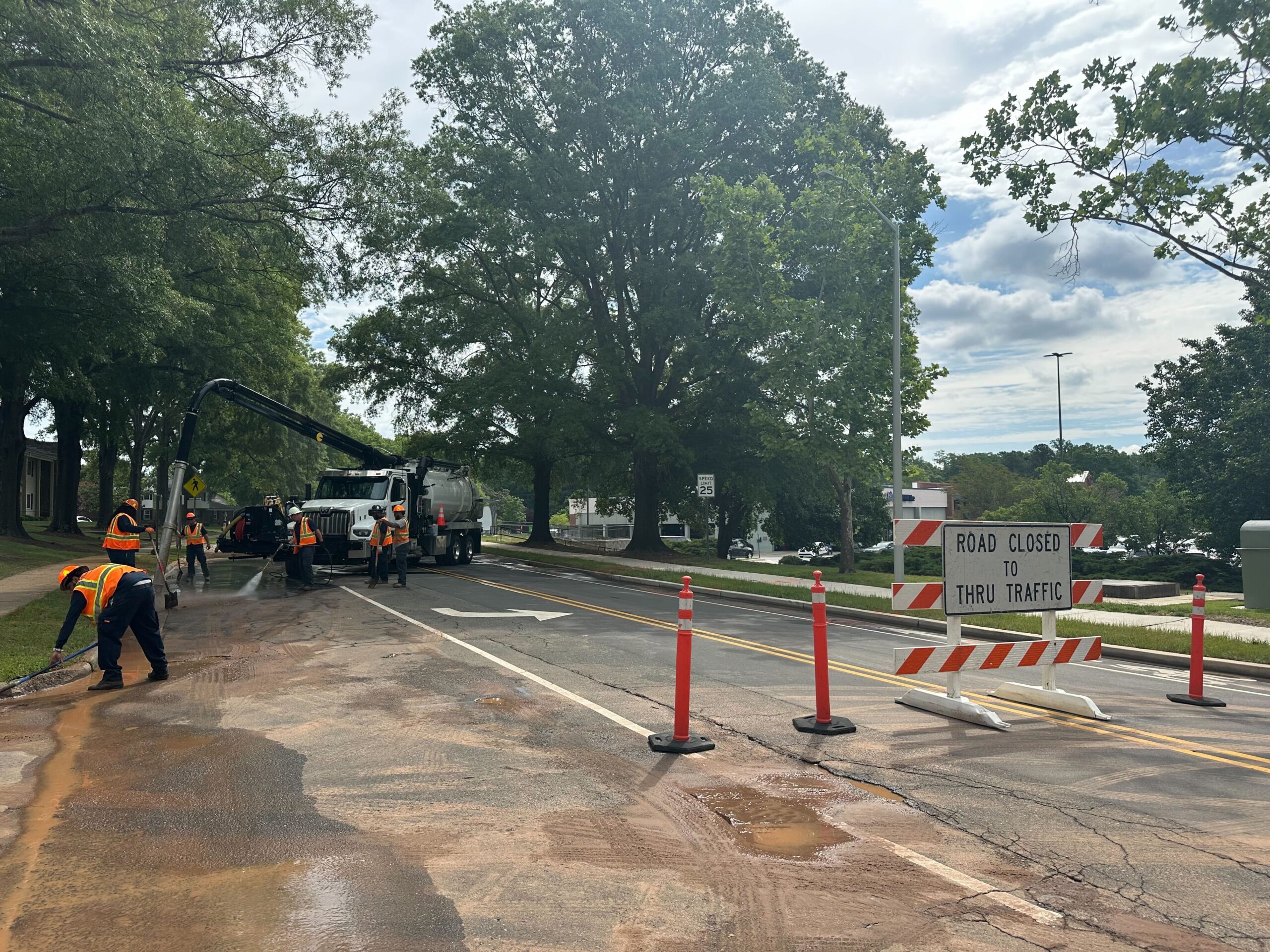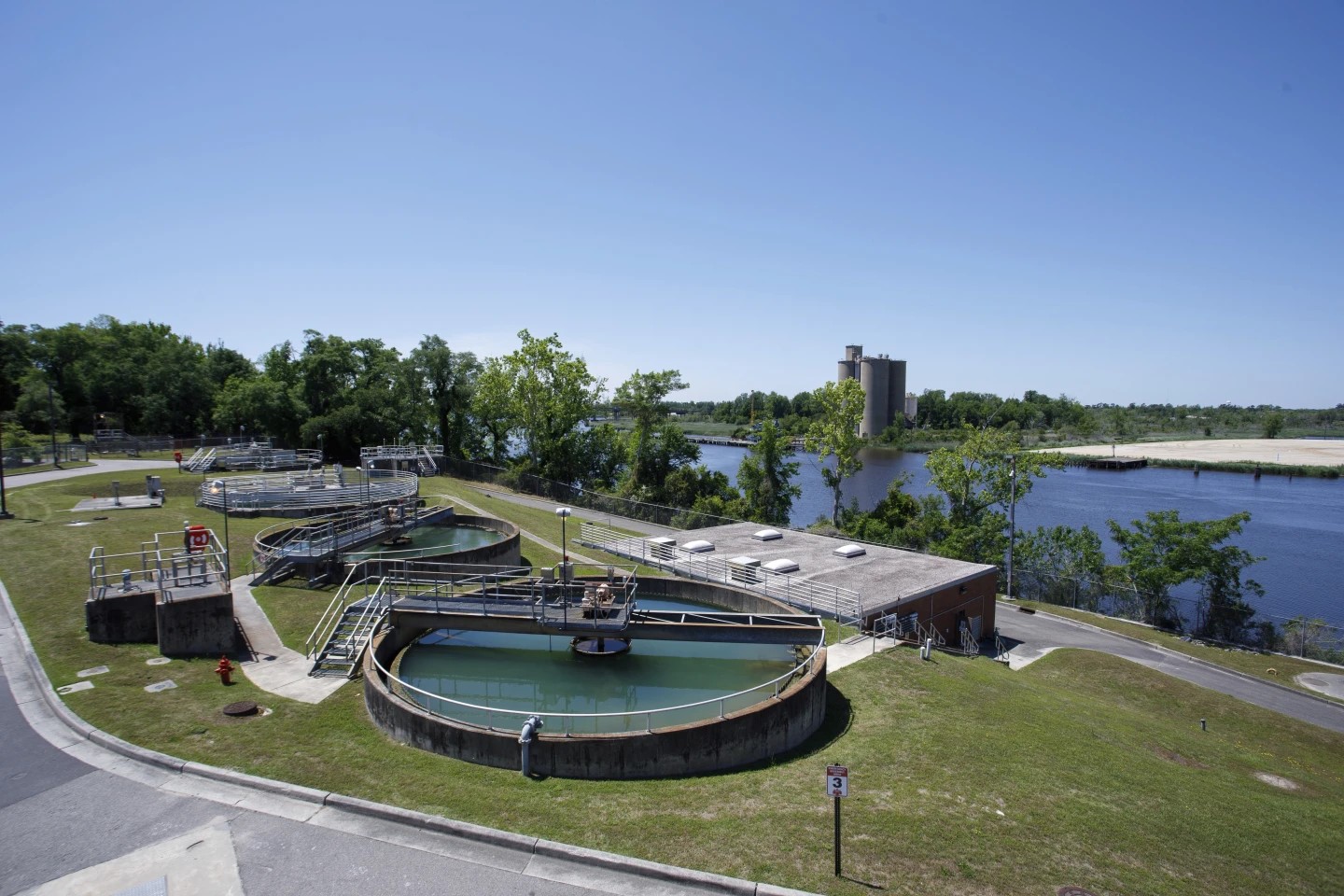A 2019 report from a water quality testing network found levels of non-degradable chemicals in many raw water sources, including in Orange County. While there’s not much federal regulation, local steps are taken to prevent customers from harmful levels of contaminants.
The Orange Water and Sewer Authority, which services the Chapel Hill and Carrboro community, was one of 150 public utilities the North Carolina PFAS Testing Network found with manmade chemicals in their supply.
The group looks for PFAS, which stands for perfluoroalkyl substances, which are water soluble and do not easily break down. Those chemicals are found in consumer products like carpets, jackets, non-stick pans, paints and food packaging. Often, they end up in rivers as discharge from manufacturing plants and can cause health issues like liver damage, depressed immune systems and more with high amounts of exposure.
The U.S. Environmental Protection Agency does not have specific regulation in place to punish the release of these chemicals, but the recommended threshold for all perfluorooctane sulfonate and acid in drinking water is 70 parts per trillion.
In OWASA’s case, the PFAS Testing Network found a combined 57.5 ppt in the agency’s main water supply, the Cane Creek Reservoir, last May. That’s a high sum, but it comes before OWASA treats the water and distributes it to the community.
According to OWASA’s Annual Water Quality Report Card for 2019, the sulfonate and acid tested by the North Carolina PFAS Testing Network are only a combined average 16 ppt after treatment, which fits with the EPA recommendation.
In a recent interview with 97.9 The Hill’s Aaron Keck, OWASA laboratory supervisor Katie Harwell said the service agency’s report card shows it met or surpassed all water quality requirements and guidelines in 2019.
“That’s something we really pride ourselves on and the whole team works on across the board to make sure we achieve,” she said.
Testing at the agency is done by three lab analysts and Harwell, along with eight plant operators who do separate testing. OWASA said it’s been doing voluntary testing of its raw water supplies since 2018 to check for PFAS and other substances to be proactive before treatment begins.
“The analysts go out to the lakes and sample the water out of our source water before it’s received any treatment,” explained Harwell. “We’re also testing the water once it’s made its way to the plant, the operators are testing the water continuously 24/7 to make sure that the processes are running smoothly. And we do all of the regulatory testing too, which is what’s reported in the [Water Quality] Report Card.”
OWASA also pulls water from University Lake for its drinking water, but the 2019 study conducted by the PFAS Testing Network did not test that supply.
You can learn more about the latest yearly OWASA Water Quality Report Card, as well as recent PFAS testing completed by the service agency, on its website. Full data and 2019 water quality tests from the North Carolina PFAS Testing Network can be found here.
Photo via the Orange Water and Sewer Authority.
Chapelboro.com does not charge subscription fees. You can support local journalism and our mission to serve the community. Contribute today – every single dollar matters.










